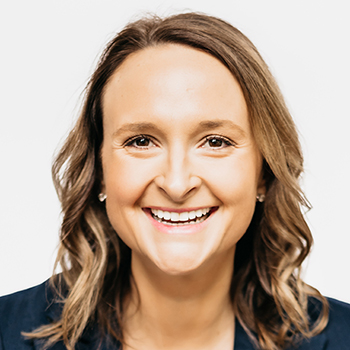
High tech will never replace high touch, but it will both augment the care and services we provide today and change the traditional methods of communication between caregivers, residents, and families. Elder tech is not progressing gradually in our business but making advances in leaps and bounds. From wearable technology, to intelligent motion sensors that can detect falls, to the use of social, mobile, analytics and cloud-based communication, disruptive innovation is not just coming someday to senor living—it is here.
Disruptive innovation (DI) is a technology, product, or service that totally disrupts a traditional business model: think iTunes versus buying a CD; streaming movies versus Blockbuster; or Uber (and now Uber Eats) instead of rental cars or taxis. DI happens regularly—automation of traditionally manual tasks and jobs has been a reality since the industrial revolution. But with the advent of digital technology, we have accelerated the amount and frequency of this type of change. This innovative disruption touches almost every sector of business and affects our lives.
Information moves at the speed of light—communication across the globe is nearly instantaneous—and artificial intelligence (AI) is already part of our lives. Have a question? Ask Alexa. Need directions? Ask Google. Security systems today can discern a housepet from a person stalking the kitchen at 2 a.m. By using the same technology that allows self-driving cars to “see,” software can now distinguish someone moving from a standing position to lying on the floor slowly and intentionally from someone that fell to the floor.
Artificial Intelligence in Senior Living
However, in 95 percent of senior living communities, if a resident needs help, what do they do? Push the call button or maybe a pendant if their equipment is “up to date.” Sounds like a process in need of innovation, and the technology is already in place. Companies such as Soundmind are adapting Alexa-type technology for voice-assisted applications in senior living. The company’s founders sought solutions for the needs of their parents and grandparents and wanted to create smarter tools for caregivers to use in providing care and services to loved ones.
Caregivers can use AI to set reminders for self-medicating residents to take their pills or to prompt them about meals, activities, etc., which enhances the day-to-day lives of residents. Most AI applications have been geared towards the younger, more tech-savvy generations. Now, innovators recognize the practical application of artificial intelligence for seniors, enabling many to stay in their own homes longer and improving care and services for those in senior living environments.
Could this be one solution to combat the problem of staffing shortages?
Voice-assisted technology can empower seniors to navigate the internet, access information, and communicate without the need to press small buttons on a smartphone. One of Health Dimensions Group’s new programing initiatives is Elder Tech Tips and Tricks through which we will help with the set-up and training of voice-assisted AI interfacing for residents and their families. This initiative opens up new worlds of opportunity to keep our residents connected, learning, and independent. Resident voice-assisted AI can be tailored for each resident’s interests and preferences: “What’s the football score from last night?” No, not the Minnesota Vikings, but Manchester United. “What’s the latest news on the election?” Not in U.S. politics, but the UK. This personalization has the potential to keep seniors informed and engaged, improve connections and communications, and enhance their daily lives. And it’s not just coming—it’s here.
“Alexa, play my music.” “Alexa, what’s on the menu today?” “Alexa, what activities would I be interested in for today?” “Alexa, call Becky.”
The stereotype of elderly residents being uncomfortable using technology is simply wrong and outdated. Further, this type of thinking by providers will leave them at the mercy of a shrinking pool of workers with very little recourse other than raising wages. It is no wonder that most of this AI for seniors is being developed in Japan where the shrinking birth rate is exacerbating the problem of having too few people to care for the elderly.
As stated before, high tech will—and never should—replace high touch, but failing to see the benefits of using AI technology in tandem with the staff caring for our residents is shortsighted and limits how this combination can help both caregiver and resident.
Learn More
Health Dimensions Group (HDG) supports senior living developers and senior care and living providers from concept and pre-development to pre-opening and completion, and can provide ongoing management. To learn more about how HDG can assist you in developing or running your senior living community, please visit www.healthdimensionsgroup.com, or contact HDG’s team at info@hdgi1.com or 763.537.5700.












